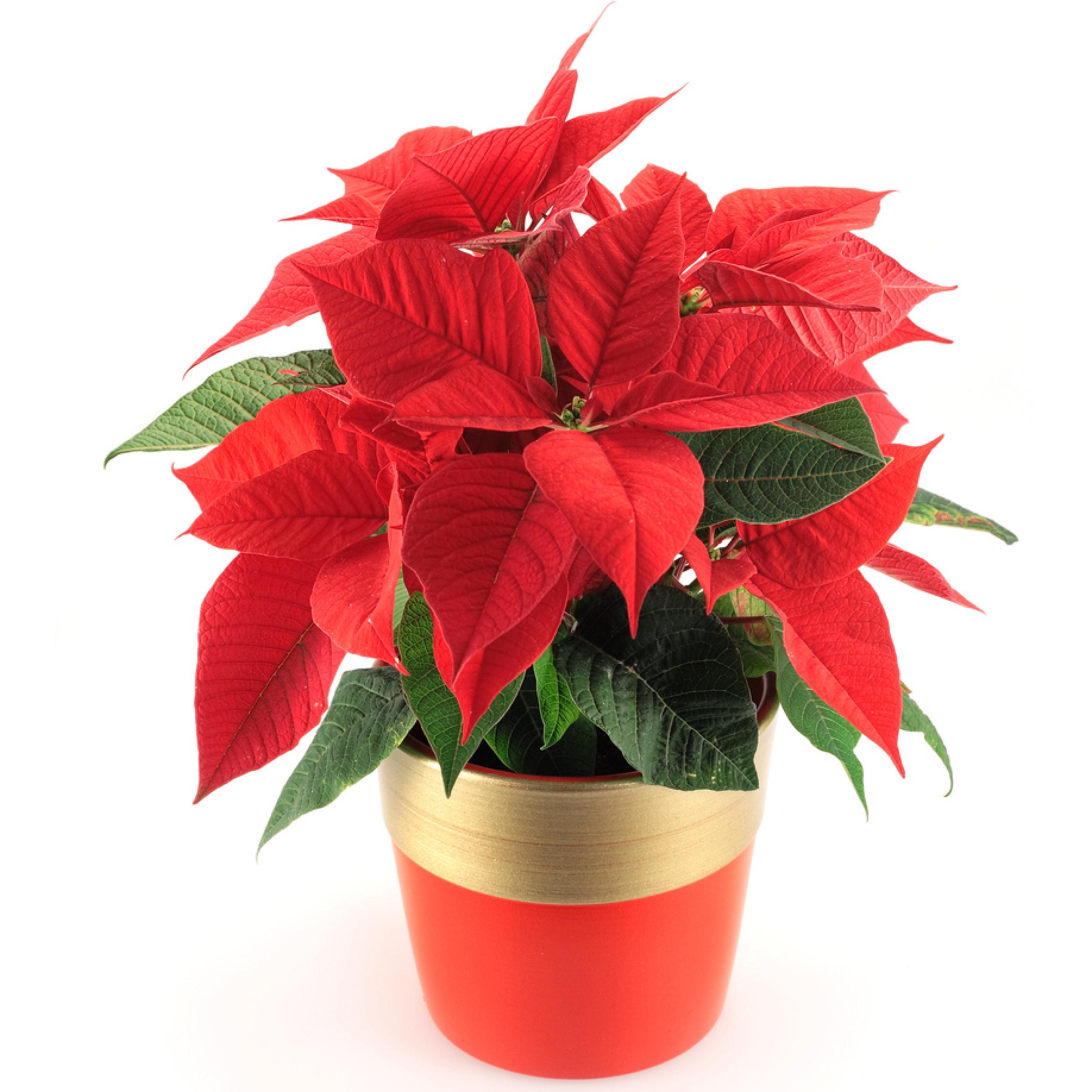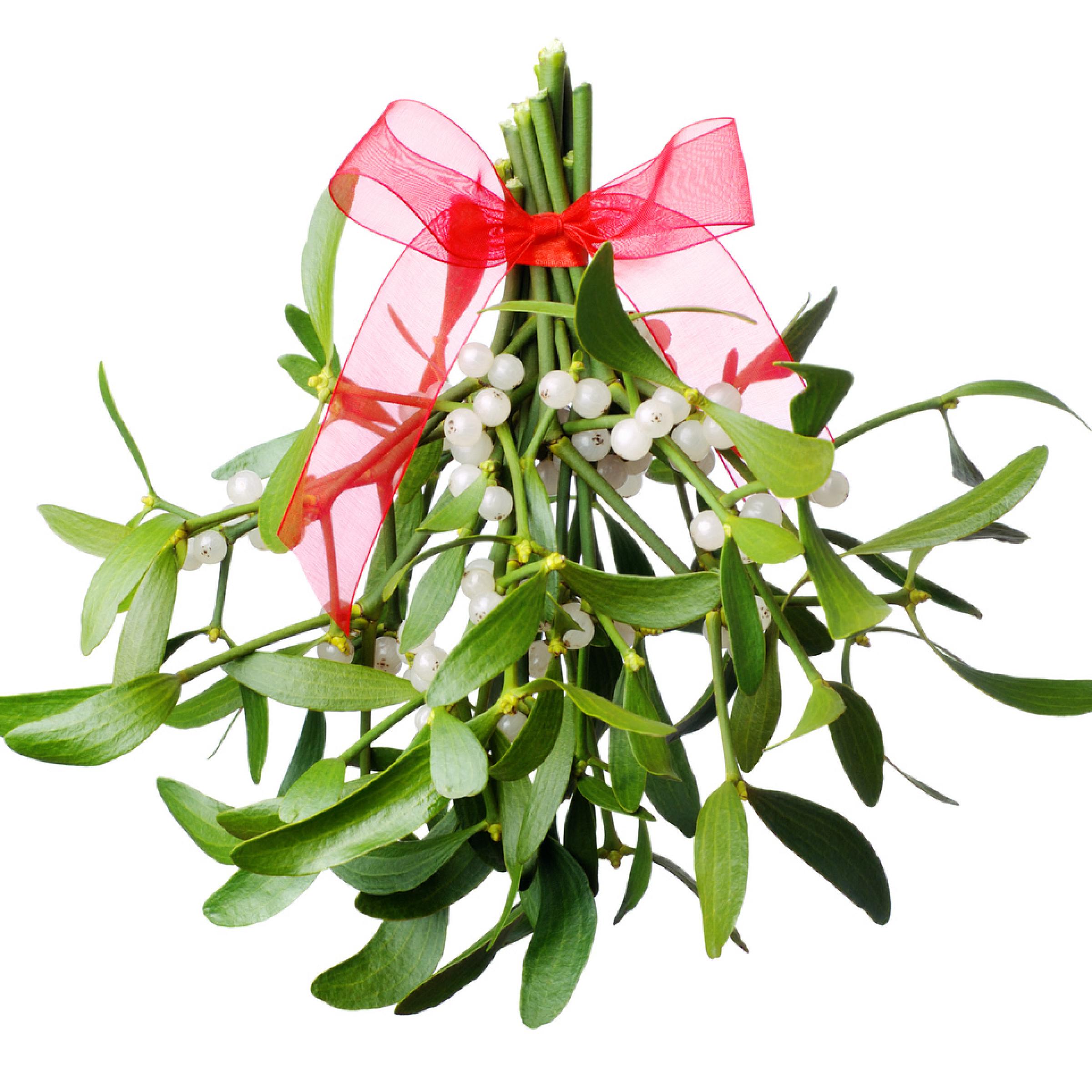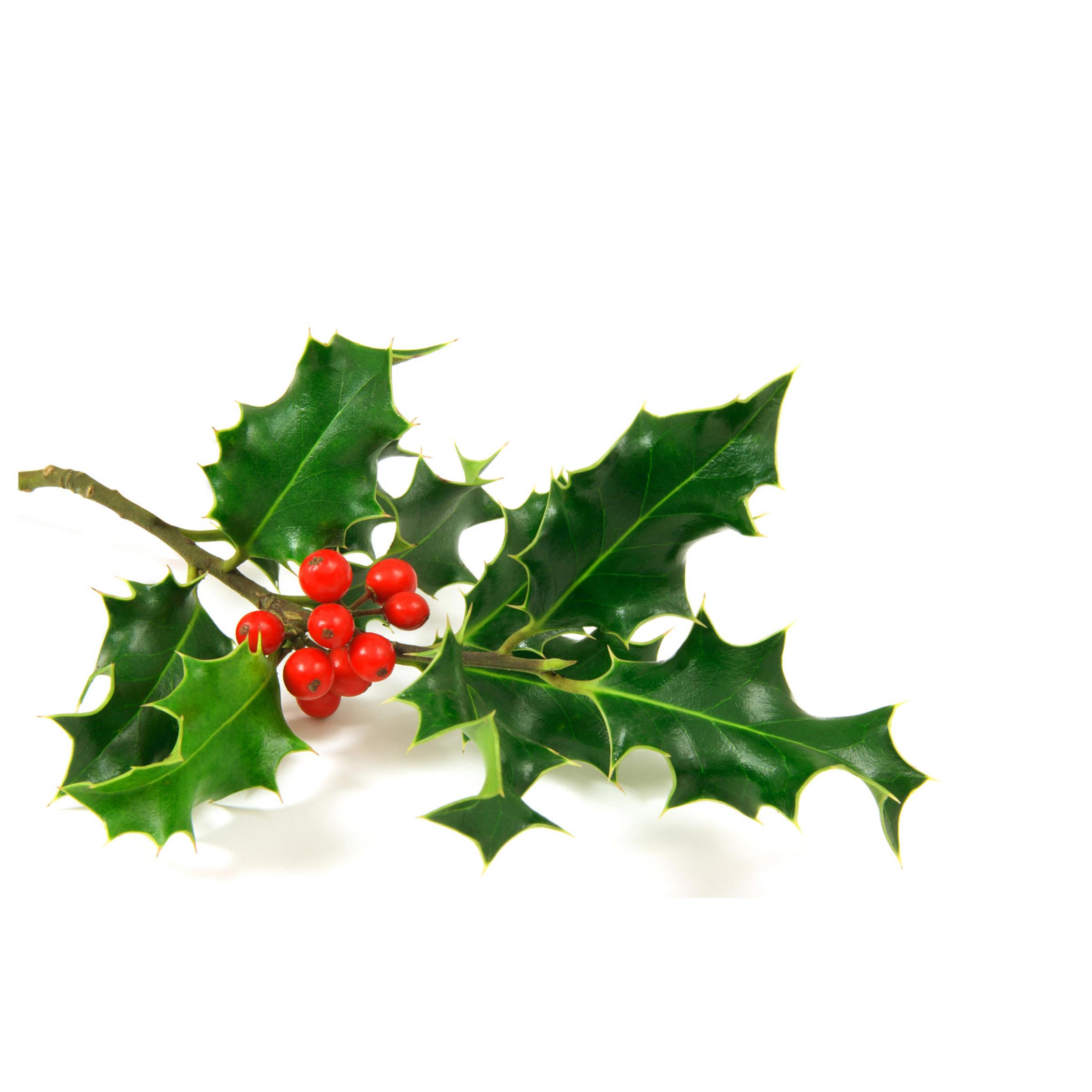Breadcrumb
Every holiday season, the Utah Poison Control Center receives calls about common holiday plants like poinsettia, mistletoe, and holly. Though often feared to be highly toxic, these plants are not deadly. While these plants should not be eaten, accidental ingestion by children usually only leads to minor skin or mouth irritation and stomach upset. If someone has eaten the leaves or berries of one of these plants, call the Utah Poison Control Center at 1-800-222-1222 for free, expert advice.
Poinsettia
The poinsettia, Euphorbia pulcherrima, is commonly thought to be toxic and even potentially deadly. A single report suggested a child died in 1919 from eating a single poinsettia leaf (Arnold 1968). Further communications with the author of that report revealed there was no first-hand evidence of the case and that it was hearsay (Stone 1971). While prolonged contact with the plant may cause skin irritation (D’Arcy 1974), a review of more than 20,000 exposures reported to poison centers reported zero fatalities and a low rate of mostly minor symptoms (Krenzelok 1996).

Mistletoe
Mistletoe refers to a variety of species in the genus Phoradendron. European mistletoe is a distinct species (Viscum album). A single case reported death from drinking mistletoe tea (Moore 1963). Despite its toxic reputation, multiple studies have shown that mistletoe usually only causes minor irritation and vomiting with no reported deaths (Hall 1986, Spiller 1996, Krenzelok 1997).

Holly
Holly plants (Ilex aquifolium and opaca) have attractive red or black berries often used as Christmas decorations. Reports on the toxicity of holly are limited. Two-year-old identical twins ingested an unknown number of holly berries. They were given syrup of ipecac to induce vomiting, and had profuse vomiting (50 times). Whether the vomiting was caused by the ipecac or the berries themselves is unknown (Rodrigues 1984). Similar to the other plants discussed, a review of holly exposures reported to poison centers showed that the large majority of patients develop either no symptoms (96%) or mild gastrointestinal upset (3.1%) (Krenzelok 2015).

References
- Arnold, H. L. (1968) The Poisonous Plants of Hawaii. Vermont : Chas. E. Tuttle .
- Stone, R. P., & Collins, W. J. (1971). Euphorbia pulcherrima: toxicity to rats. Toxicon, 9(3), 301–302. doi:10.1016/0041-0101(71)90088-2
- D'Arcy WG. Severe Contact Dermatitis From Poinsettia. Arch Dermatol. 1974;109(6):909–910. doi:10.1001/archderm.1974.01630060077023
- Krenzelok EP, Jacobsen TD, Aronis JM. Poinsettia exposures have good outcomes… just as we thought. The American journal of emergency medicine. 1996 Nov 1;14(7):671-4.
- Moore HW. Mistletoe poisoning: a review of the available literature, and the report of a case of probable fatal poisoning. J SC Med Assoc 1963;59:269-271
- Hall AH, Spoerke DG, Rumack BH. Assessing mistletoe toxicity. Annals of emergency medicine. 1986 Nov 1;15(11):1320-3.
- Spiller HA, Willias DB, Gorman SE, Sanftleban J. Retrospective study of mistletoe ingestion. Journal of Toxicology: Clinical Toxicology. 1996 Jan 1;34(4):405-8.
- Krenzelok EP, Jacobsen TD, Aronis J. American mistletoe exposures. The American journal of emergency medicine. 1997 Sep 1;15(5):516-20.
- Rodrigues TD, Johnson PN, Jeffery LP. Holly berry ingestion: case report. Vet Hum Toxicol 1984;26:157-158.
- Krenzelok EP, Mrvos R. Toxic Christmas and New Year holiday plants... or are they?. Asia Pacific Journal of Medical Toxicology. 2015 Jun 1;4(2):64-7.